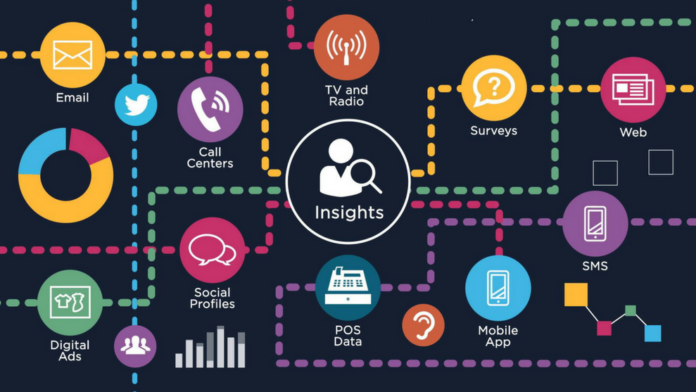Marketing research is a vital tool in the arsenal of any business owner or marketer. It allows them to understand the needs, wants, and behavior of their customers, and use that information to create more effective marketing campaigns and products. In this article, we will explore the power of marketing research and how it can be used to unlock consumer insights.
What is Marketing Research?
Marketing research is the process of gathering, analyzing, and interpreting information about a market, product, or service to inform decision-making. It is used to understand consumer behavior, identify market opportunities, and inform marketing strategies. Marketing research can be conducted through various methods, such as surveys, focus groups, experiments, and observational studies.
Types of Marketing Research
There are two main types of marketing research: qualitative and quantitative.
Qualitative research is exploratory in nature and is used to gather insights into consumers’ attitudes, beliefs, and behaviors. It is often conducted through focus groups or in-depth interviews and involves open-ended questions that allow respondents to share their thoughts and feelings about a product or service. Qualitative research can help identify new product ideas, uncover unmet needs, and inform marketing messaging.
Quantitative research, on the other hand, involves gathering numerical data and is used to measure the prevalence of certain attitudes, behaviors, or opinions. It is often conducted through surveys, experiments, or observational studies and involves closed-ended questions that can be analyzed quantitatively. Quantitative research can help measure the effectiveness of marketing campaigns, identify target audiences, and determine the size of a market.
Benefits of Marketing Research
Marketing research can provide a wealth of benefits for businesses. By conducting research, businesses can:
- Understand their customers better: Marketing research allows businesses to understand their customers’ needs, wants, and behaviors. By understanding these factors, businesses can create products and services that better meet their customers’ needs, resulting in increased customer satisfaction and loyalty.
- Identify market opportunities: Marketing research can help businesses identify new market opportunities that they may have otherwise overlooked. By understanding the needs and wants of their target audience, businesses can create products and services that fill unmet needs in the market.
- Make better decisions: Marketing research provides businesses with the data they need to make informed decisions about their marketing strategies. By understanding their target audience and the effectiveness of their marketing campaigns, businesses can make data-driven decisions that are more likely to result in success.
- Stay ahead of the competition: By conducting marketing research, businesses can stay ahead of the competition by identifying emerging trends, understanding the needs and wants of their customers, and creating products and services that meet those needs.
- Increase profitability: By creating products and services that better meet the needs of their customers, businesses can increase customer satisfaction and loyalty, leading to increased sales and profitability.
Steps in Marketing Research
There are several steps involved in conducting marketing research:
- Define the problem: The first step in marketing research is to define the problem or question that needs to be answered. This might involve identifying a gap in the market, understanding customer behavior, or evaluating the effectiveness of a marketing campaign.
- Conduct a literature review: Before conducting research, it’s important to conduct a literature review to identify existing research on the topic. This can help inform research questions and identify gaps in existing research.
- Develop a research plan: The research plan outlines the objectives of the research, the research questions, the target audience, and the research methods that will be used. It’s important to ensure that the research plan is aligned with the research objectives and will provide the data needed to answer the research questions.
- Collect data: The next step is to collect data using the research methods outlined in the research plan. This might involve conducting surveys, focus groups, experiments, or observational studies.








